- Home
- slideshows
- miscellaneous
- The world's living creatures are disappearing at unprecedented rates - here's what we stand to lose, according to a landmark UN report
The world's living creatures are disappearing at unprecedented rates - here's what we stand to lose, according to a landmark UN report
There are an estimated 8 million animal and plant species on Earth (including 5.5 million insect species). Of those 8 million, up to 1 million are threatened with extinction, many within decades.

Human activity has already driven 680 mammal, bird, reptile, amphibian, and fish species to extinction since the 1500s.
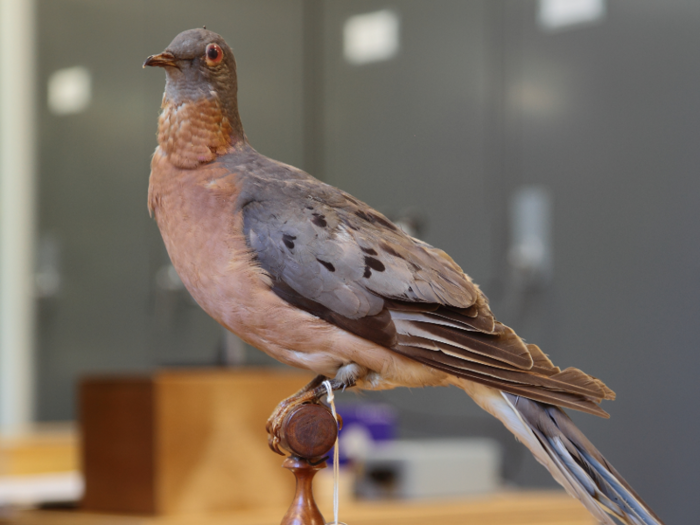
Source: IPBES
According to the report, the rate at which global species are now going extinct is "at least tens to hundreds of times higher" than the average rate over the last 10 million years.
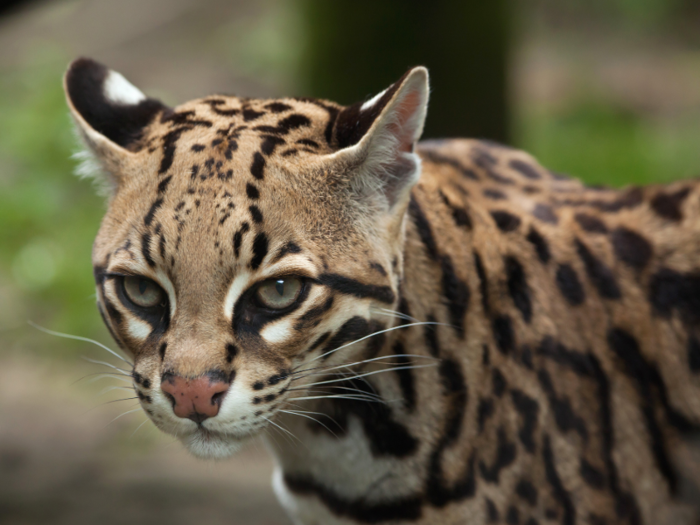
Source: IPBES
Already, more than 500,000 land species don't have enough of their natural habitat left to ensure their long-term survival.

Source: IPBES
About 10% of the world's insect species are threatened with extinction. Their disappearance could be detrimental to our ability to grow food.
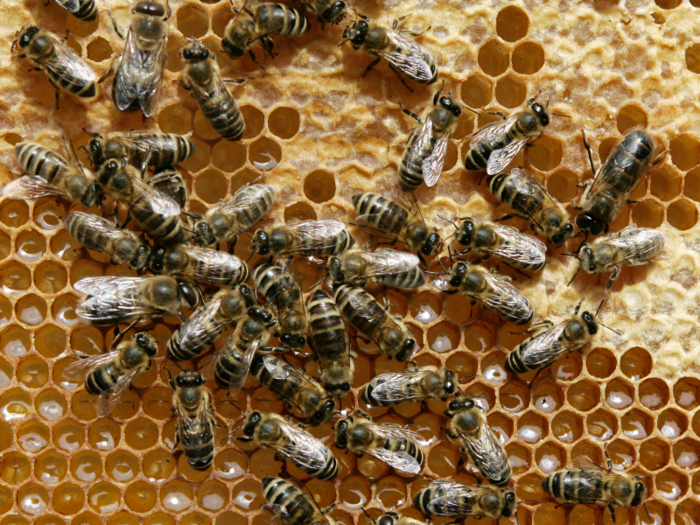
Insects like bees, hoverflies, and other pollinators perform a crucial role in fruit, vegetable, and nut production. Plus, bugs are food sources for many bird, fish, and mammal species — some of which humans rely on for food.
The UN report calculated that the projected declines in the number of of wild bees and other pollinators puts up to $577 billion in annual crop production at risk.
Almost 33% of reef-forming corals are threatened with extinction. About 50% of coral in reefs has already been lost since 1870.
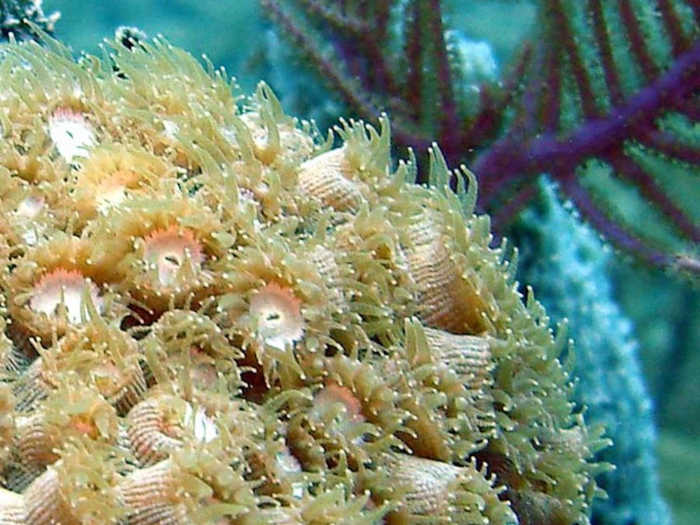
Source: IPBES
More than one-third of the world's marine mammals are also threatened with extinction.
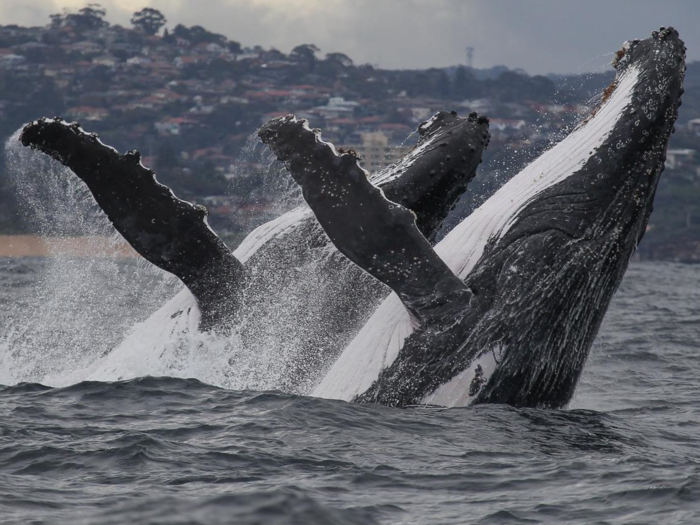
Whales, in particular, are at risk from excessive plastic pollution. In the past two years, at least five whales have died after ingesting too much plastic, according to the World Wildlife Fund.
In April 2019, a dead sperm whale washed up on the shores of Porto Cervo in Sardinia with nearly 50 pounds of plastic in its belly. The contents of the whale's stomach included a corrugated tube, plastic plates, shopping bags, tangled fishing lines, and a detergent package with the brand and bar code still legible.
A third of sharks are at risk of extinction, too, according to the report.
More than 40% of all amphibian species (that includes frogs, toads, salamanders, and newts) are threatened with extinction.
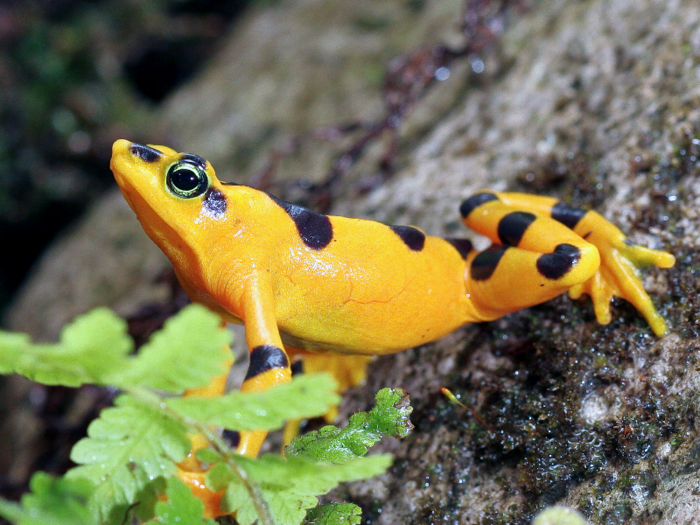
Another recent study published in the journal Current Biology echoed the UN report's findings, noting that amphibians are among the most highly threatened groups of animals worldwide, with at least 2,000 species in danger of extinction.
Domesticated animals used for food and agriculture are going extinct as well. More than 9% of all domesticated breeds of mammals used for food and agriculture had gone extinct by 2016.

At least 1,000 more breeds are still threatened. These domesticated species underpin our global food supply, so their extinction would pose a grave threat.
The report is adamant that human activity is the reason so many species are facing extinction.
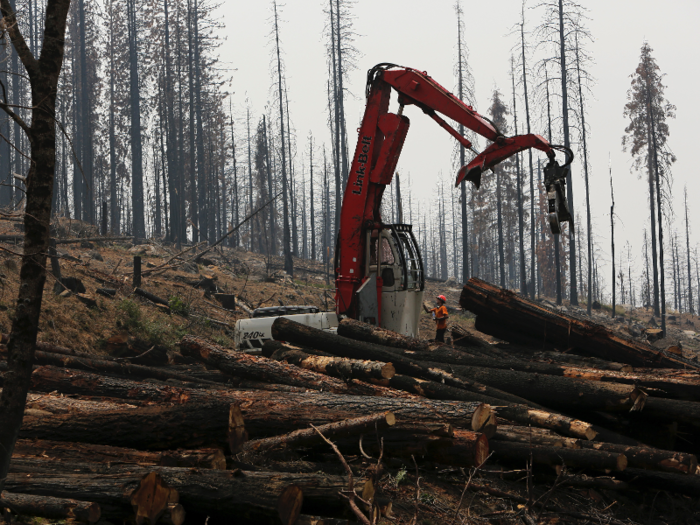
More than 85% of the wetland areas that were present in 1700 have already been lost. More than 79 million acres of primary or recovering forest disappeared between 2010 and 2015 alone.
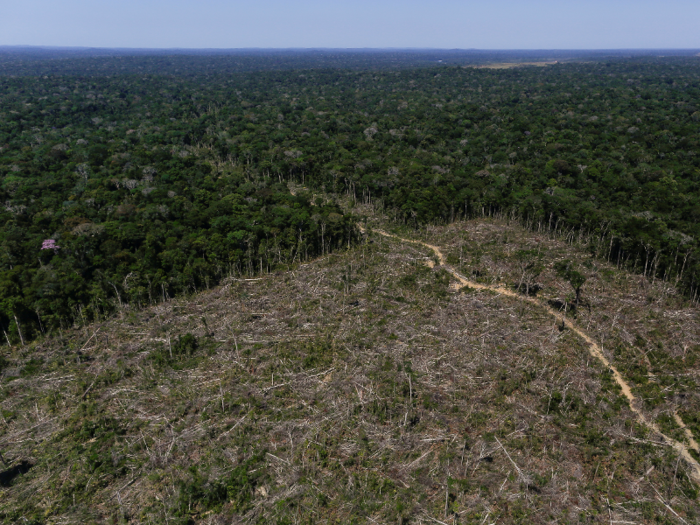
Land degradation, meanwhile, has reduced the productivity of 23% of the planet's usable land. These disruptions and the degradation of animals' natural habitats are undoubtedly accelerating the rate of extinctions, according to the report.
Changes in how people farm and fish are also causing problems. In 2015, one-third of global marine fish stocks were harvested at unsustainable levels.
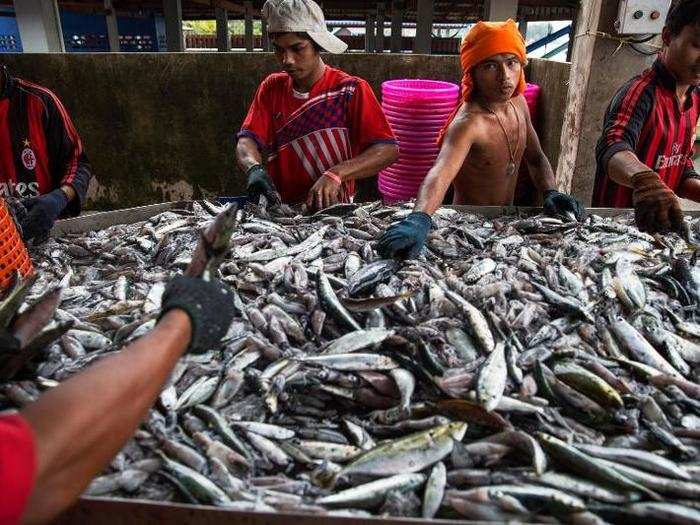
The report noted that more than 55% of the world's oceans are affected by industrial fishing.
The invasion of alien species is also causing some creatures to go extinct. In 21 countries, there has been a 70% increase in the number of invasive species since 1970.
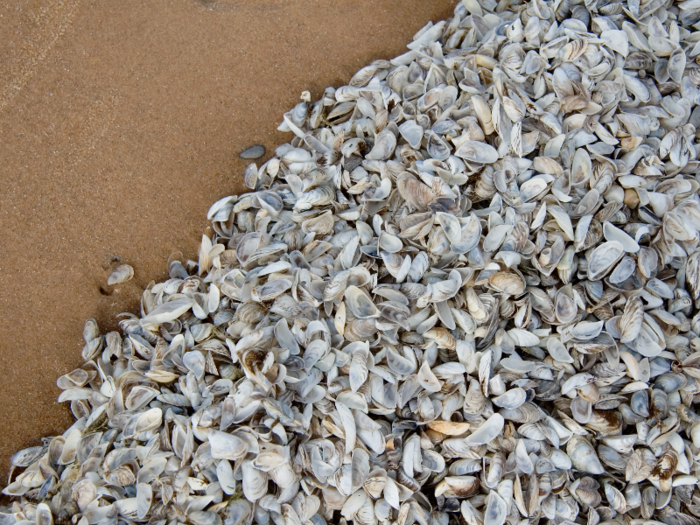
An alien species is any kind of animal, plant, fungus, or bacteria that isn't native to an ecosystem. Some can be invasive, meaning they cause harm to the environment into which they're introduced.
A study published in February found that roughly one-third of all plant and animal extinctions since the 1500s were at least partially caused by the introduction of alien species.
Human activity is responsible for the spread of many invasive species. People can carry various species with them between continents, countries, or regions when they travel. Shipments of goods and cargo can also lead to an invasive species' spread.
Pollution also plays a role in these accelerating extinction rates. Plastic pollution worldwide has increased tenfold since 1980.
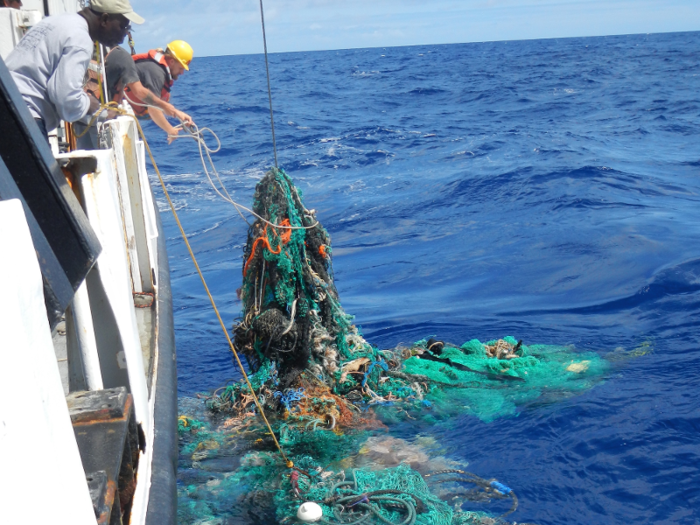
What's more, up to 400 million tons of heavy metals, toxic sludge, and industrial waste get dumped into oceans and rivers each year.
The report also noted that humans are extracting 60 billion tons of renewable and non-renewable resources globally each year — double the amount in 1980.
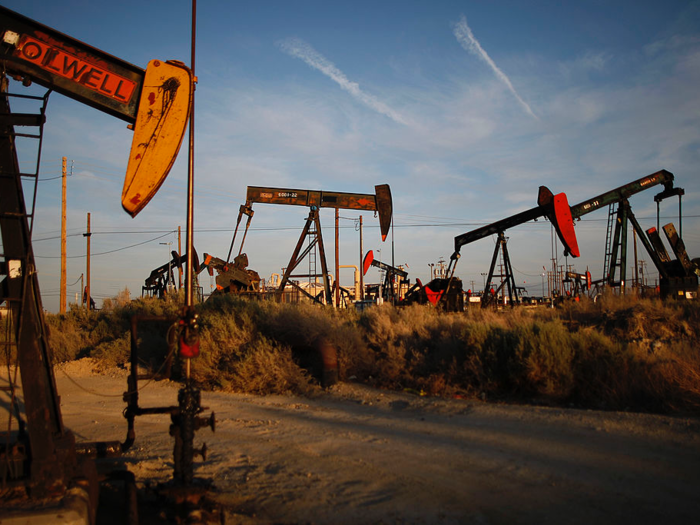
Source: IPBES
The report's authors are not wholly pessimistic, though. They say the extinction trend can still be reversed or halted — but doing so would take large-scale global action and cooperation.
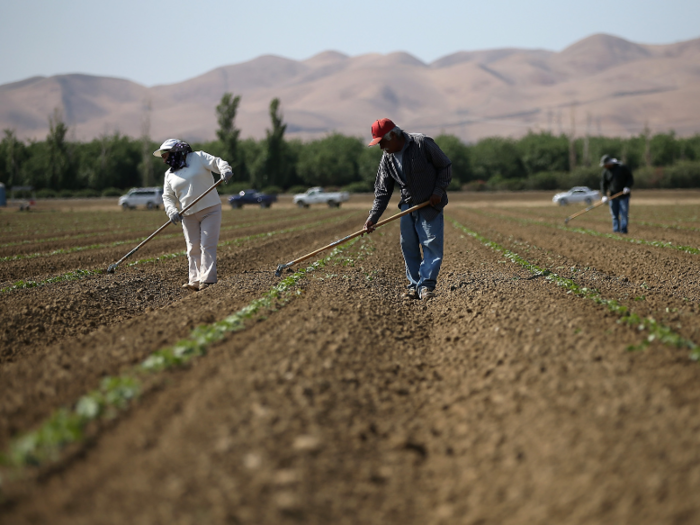
The authors suggest, for example, that governments strengthen and enforce environmental laws that eliminate illegal logging and fishing, reduce pollution, and help farmers grow more food on less land.
"We have 10 to 15 years in which we can reverse this," Possingham said. "We don't have to stop people from eating, or using electricity, or breeding — we just have to be cleverer about how we use the land we live on."
Popular Right Now
Popular Keywords
Advertisement